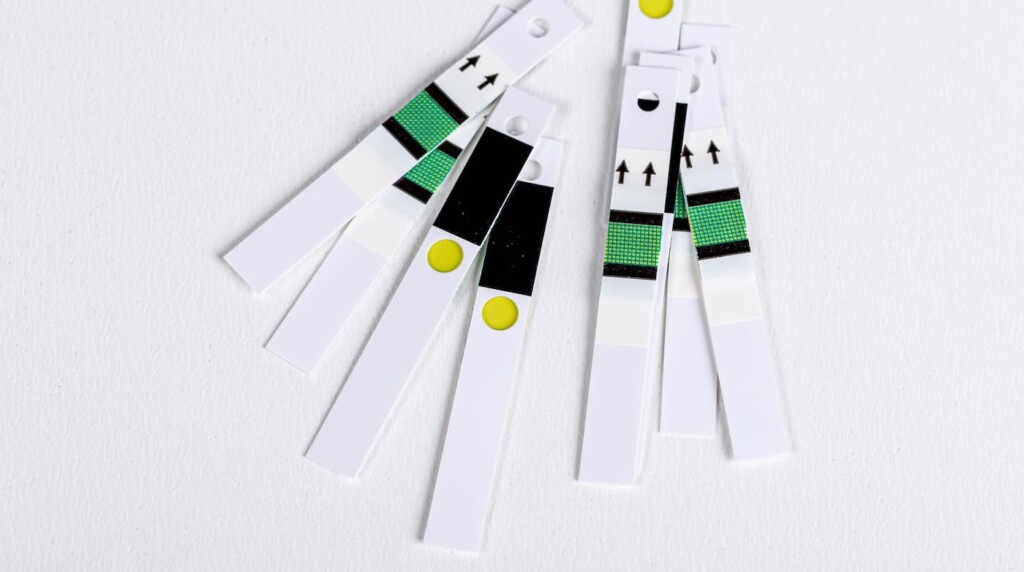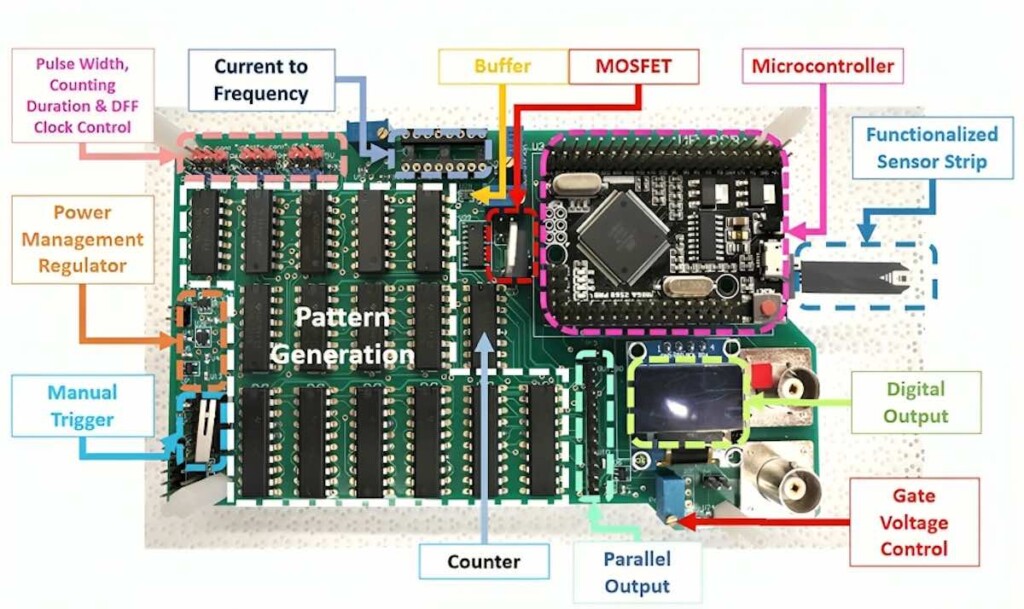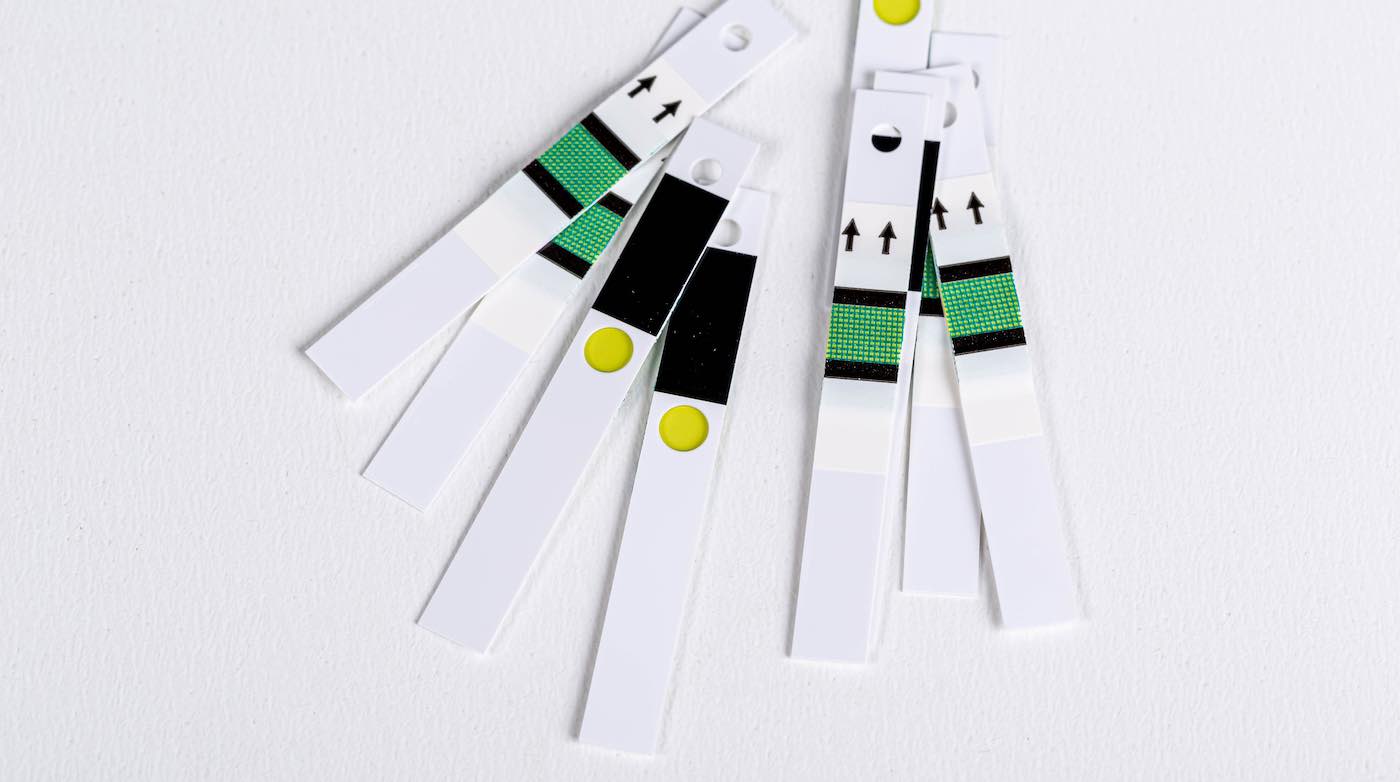
Do women prefer a mammogram to test for breast cancer? Or would they rather place a tiny sample of saliva on a test strip and get the results in under five seconds?
A new hand-held portable device is not only extremely quick and easy to use but very cost effective, say scientists from the University of Florida and National Yang Ming Chiao Tung University in Taiwan.
The device itself, about the size of your hand, uses common components that cost just five dollars and uses widely available glucose testing strips costing just a few cents each.
The biosensor works by using paper test strips treated with specific antibodies that interact with the targeted cancer biomarkers.
When a drop of saliva is placed on the strip, pulses of electricity are sent to electrical contact points on the biosensor device.
Compared to the costly alternatives of Mammograms, which expose women to radiation—or MRIs and ultrasounds which require expensive equipment—researchers called the device revolutionary.
The team believes their device, which uses the open-source hardware-software platform Arduino, can help people in remote areas to detect breast cancer early on.
MORE BREAST CANCER BREAKTHROUGHS: AI Can Accurately Detect 20% More Breast Cancers than Traditional Screening by Radiologists
The study’s author, University of Florida PhD student Hsiao-Hsuan Wan said, “Imagine medical staff conducting breast cancer screening in communities or hospitals.”
“In many places, especially in developing countries, advanced technologies like MRI for breast cancer testing may not be readily available,” she said. “Our technology is cost-effective, with the reusable circuit board priced at $5.”

The electrical pulses produced on the test strips cause the biomarkers to bind to the antibodies and produce a change in the output signal, which can be measured and translated into digital information about how much biomarker is present.
The results from testing the device, published in the Journal of Vacuum Science & Technology B, showed that it could provide accurate test results even if the concentration of the cancer biomarker in the sample is only one quadrillionth of a gram, or one femtogram, per milliliter.
“The highlight for me was when I saw readings that clearly distinguished between healthy individuals and those with cancer,” said Ms. Wan in a media release from the American Institute of Physics.
“We dedicated a lot of time and effort to perfecting the strip, board, and other components. Ultimately, we’ve created a technique that has the potential to help people all around the world.”
CUTTING EDGE BREAST CANCER TEST: Protein Changes in Blood Could Become New Test for Catching Breast Cancer Up to 2 Years Early
“We are excited about the potential to make a significant impact in areas where people might not have had the resources for breast cancer screening tests before.”
SHARE THIS AMAZING Breakthrough By Sharing With Women on Social Media…





















Why in the world don’t you tell us where to get it???
Because it is not on the market yet.